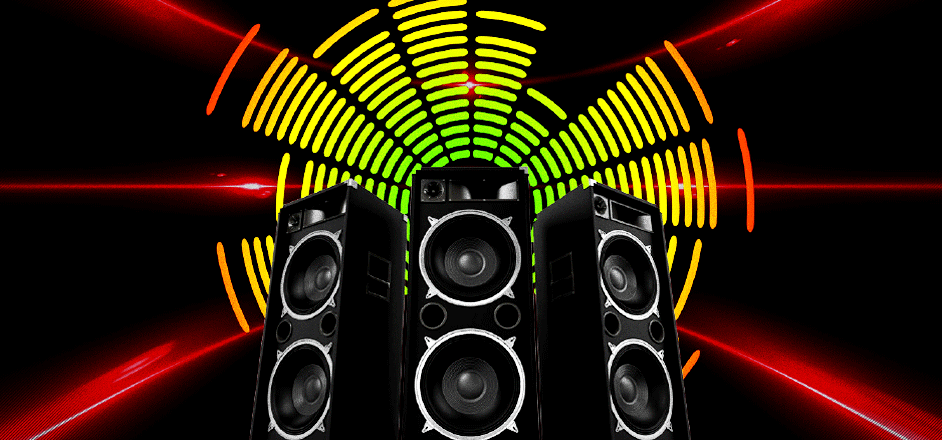In just a few short days everyone will wake up, head throbbing, breathing in a new and shiny decade: the Roaring Twenties v 2.0! It’ll be a time we’re finally in it deep enough to feel comfortable with a new millennium, some of us still holding onto the scars — and dumb tattoos — from the previous one.
But hell, here’s the thing, music hasn’t changed much in years. Looking back, the bull in a china store beginnings of electronic music is about the only thing that really altered the scope of what’s heard now. Hip-hop rooted years before that, but didn’t really gain mainstream footing until later — around the same time EDM was grabbing a seat at the table, too.
They’re both the only two genres that really matter to popular culture right now. It’s an absolute. Don’t @ me.
Yet lately, little has been done to progress the two anywhere meaningful. At least culturally. There has been an onslaught of auto-tuned market saturation and brighter lasers … cool. Where’s the variety? Twenty-plus years of stale bread is enough. The question has to be asked: when will artists step up to form a new identity for the upcoming generations?
Previously, each decade of American culture could be loosely defined by the sounds most people listened to during that era. Rock ‘n’ Roll of the Fifties. Psych-rock and Brit pop of the Sixties. Disco and cocaine in the Seventies. Butt-rock and synthpop of the Eighties. Hip-hop and grunge of the Nineties. Emo, EDM and club bangers of the 2000s. And then …
Creative silence. It all became too formulaic. Defining the 2010s with musical genres doesn’t work the same. The period forms a flat line. The lull is because the industry figured out what worked and what didn’t, especially in pop, literally targeting certain parts of the brain to trick listeners into liking a song. And well before that, Napster pushed behemoths into a corner. The brakes were pumped on taking risks. It was a perfect storm.
Make no mistake, the hip-hop and EDM tracks heard in the 2010s weren’t risks. It was just their time to be plundered.
After the ball dropped ending the 1900s, industry puppets like Ed Sullivan, Casey Kasem and Carson Daly became obsolete, too. Media personalities pushing a hive mentality lost their important jobs. Open media moved in. Sway Calloway won’t ever have that level of exposure. From here on out, social media will choose how decades get defined — so far not good.
But there’s hope. Maybe.
Throughout most of the 1920s a guy named Calvin Coolidge was president. In his 1924 State of the Union Address he said, “I want the people of America to be able to work less for government and more for themselves. I want them to have the rewards of their own industry. This is the chief meaning of freedom.”
So artists, creatives, take his advice. It appears you have all the chips at the table. Will you continue to buy boxed-up 808 beats at a premium? Sample older songs to ride the coattails of better artists? Feature Halsey on a track again? Maybe try country to chase the success of “Old Town Road”?
It’s all been done before. Surprise everyone. Go after the rewards of industry. We’re all waiting.


Leave a Reply
You must be logged in to post a comment.